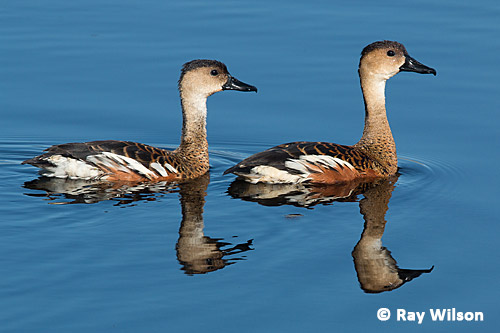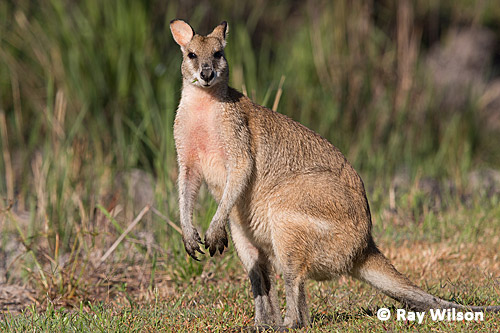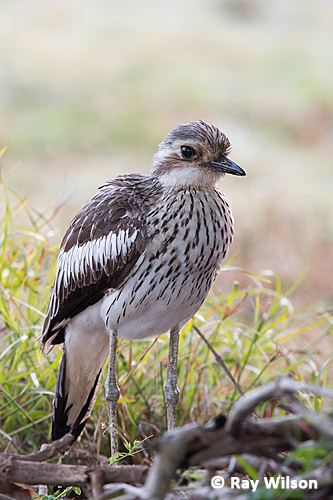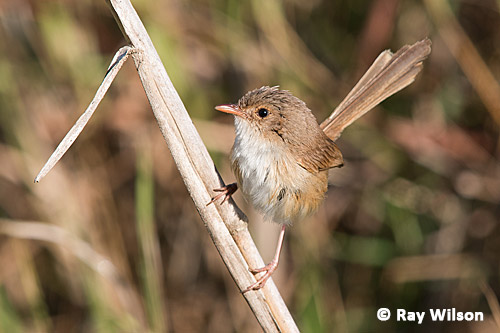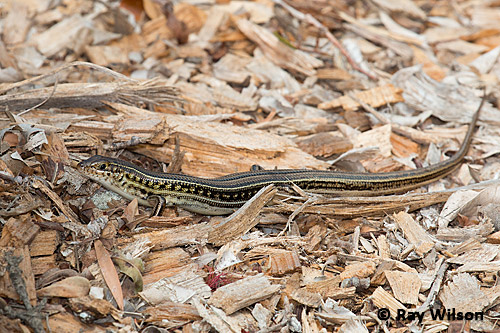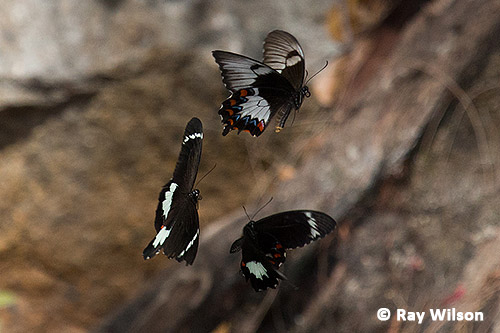
- Home
- Photography Tours
- Diary / Blog
- Galleries
- Foreign Trips
- Tasmania 2016
- NE Queensland 2016
- Western Alps 2016
- NE Spain 2016
- Australia's Wet Tropics 2015
- Australia's Top End 2015
- SW Australia 2015
- Switzerland 2015
- Andalucia 2015
- Belize 2015
- Australia 2014
- Switzerland 2014
- Belize 2014
- Bahama Islands 2014
- Switzerland 2013
- Ecuador 2012-2013
- Florida 2011-2012
- Vancouver Island 2011
- Australia 2010
- Peru 2008
- Bulgaria 2007
- Lesvos 2006
- California 2006
- New Zealand 2005
- Extremadura 2005
- Goa, India 2004
- The Gambia 2003
- About
September 2014
9th-11th September 2014
Tyto Wetlands, Queensland, Australia
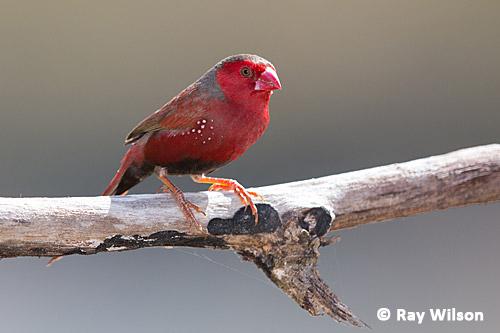
Crimson Finch (Neochmia phaeton)
Tyto Wetlands is an excellent little reserve on the outskirts of Ingham and it is definitely worth scheduling a stop here if you are travelling down the coastal highway between Cairns and Brisbane. I, personally, found it so productive that I decided to stay an extra couple of days!
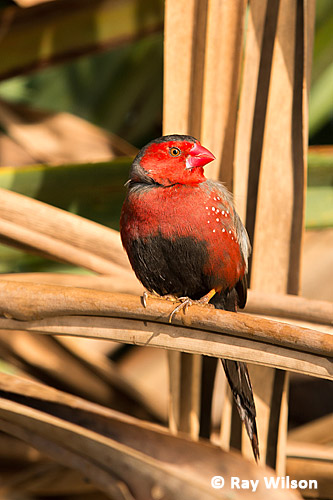 Crimson Finch (Neochmia phaeton) |
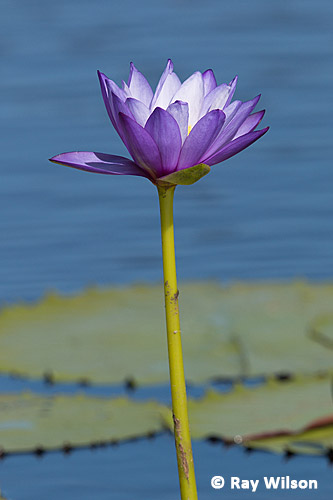
Blue Waterlily (Nymphaea violacea) |
The marshy edges of the artificial ponds provide ample habitat for a number of species, and Crimson Finches are particularly common here.
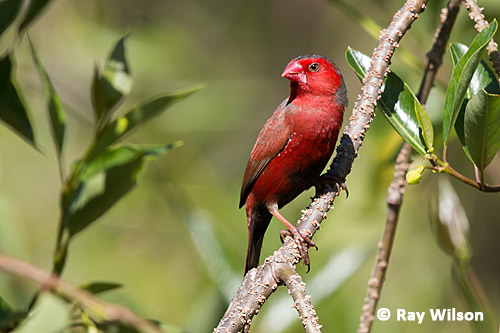
Crimson Finch (Neochmia phaeton)
Other birds regularly seen in the pond-side vegetation included Rufous-throated Honeyeater, White-gaped Honeyeater, Yellow Honeyeater and Golden-headed Cisticola.
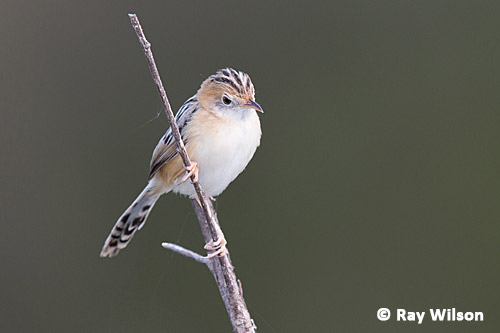
Golden-headed Cisticola (Cisticola exilis)
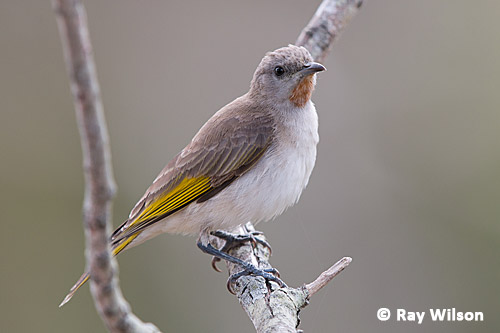
Rufous-throated Honeyeater (Conopophila rufogularis)

Rufous-throated Honeyeater (Conopophila rufogularis)
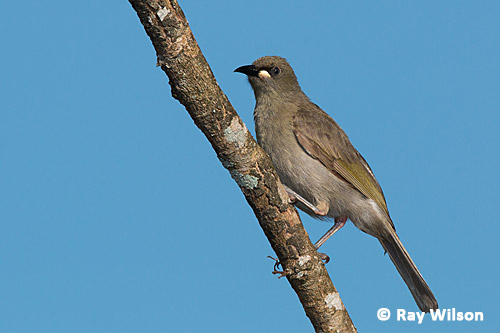
White-gaped Honeyeater (Lichenostomus unicolor)
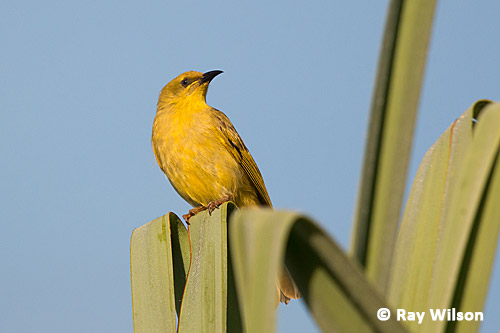
Yellow Honeyeater (Lichenostomus flavus)
Wandering Whistling-duck (Dendrocygna arcuata)
On the main pond itself, a few Wandering Whistling-ducks were present, while several White-browed Crakes could usually be seen skulking around the reedbed edges in the early mornings, often at quite close range.
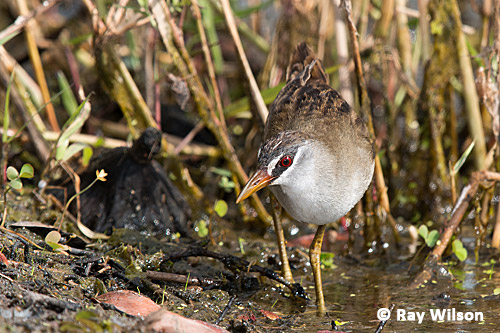
White-browed Crake (Porzana cinerea)
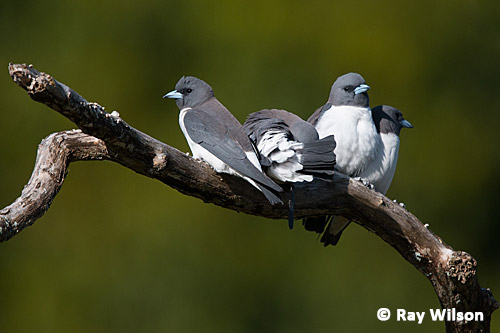
White-breasted Woodswallow (Artamus leucorynchus)
Agile Wallabies are very common on the reserve and their numbers are most obvious very early in the morning when large herds of them can be seen grazing on the grass playing fields of the adjacent leisure centre.
Agile Wallaby (Macropus agilis)
Small family groups of Bush Stone-curlews intermingle with the wallabies during the night and can sometimes be found roosting under nearby bushes during the day.
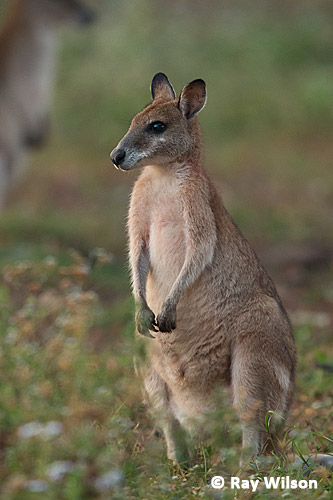
Agile Wallaby (Macropus agilis) |
In drier parts of the reserve, Red-backed Fairywrens are common and they were busy feeding chicks on the nest while I was there.
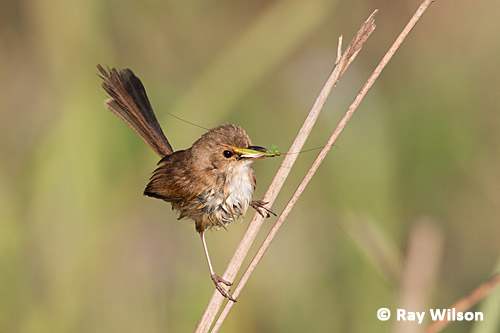
female / imm. male Red-backed Fairywren (Malurus melanocephalus) carrying a grasshopper towards its nest
It is not unusual to see a group of 6 or 7 fairywrens collecting food for a single clutch of chicks due to them have a cooperative breeding strategy with the young from the previous brood helping to raise the current clutch.
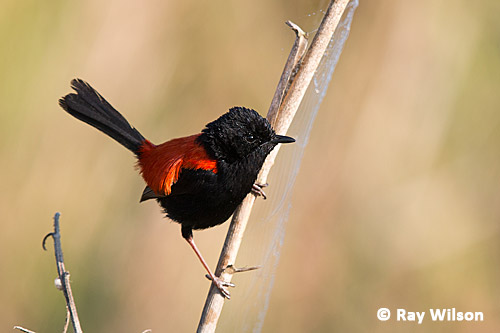
male Red-backed Fairywren (Malurus melanocephalus)
female / imm. male Red-backed Fairywren (Malurus melanocephalus)
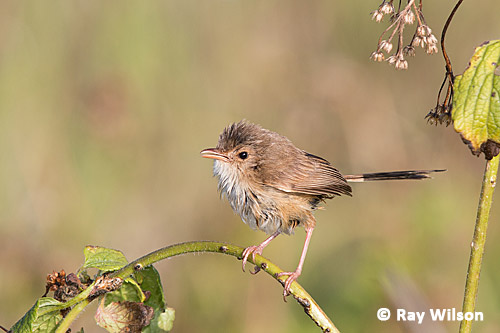
female / imm. male Red-backed Fairywren (Malurus melanocephalus)
Green Tree Ants are very common in Northeastern Queensland, although their nests made of leaves woven together high in the canopy are usually the only obvious evidence of their presence.
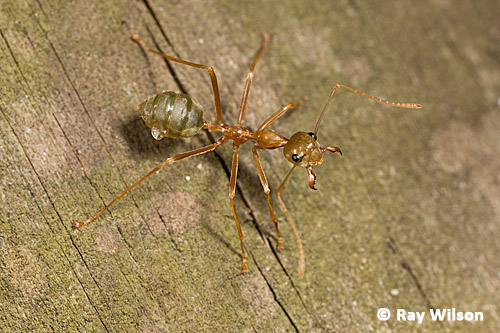
Green Tree Ant (Oecophylla smaragdina)
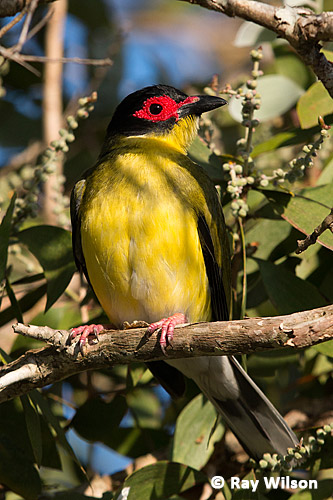
male |
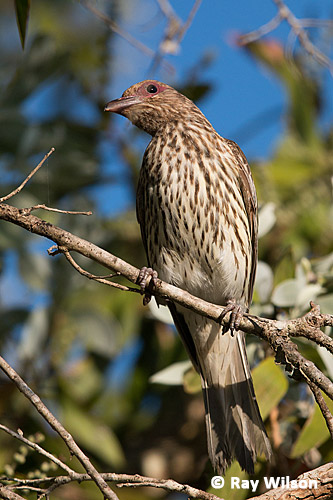
female |
Australasian Figbird (Specotheres viridis)
Eastern Striped Skink (Ctenotus robustus)
After spending my final morning at Tyto Wetlands, I stopped off briefly at Jourama Falls in Paluma National Park (about 40km south of Ingham). Bird activity was practically zero due to it being the hottest time of the day by the time I got down there, so most of my time here was spent trying to get photos of a courting group of Orchard Swallowtails with two males competing for the attentions of a female...
Orchard Swallowtails (Papilio aegeus) performing a courtship dance

Paluma National Park
Ray Wilson owns the copyright of all images on this site.
They may not be used or copied in any form without prior written permission.
raywilsonphotography@googlemail.com
